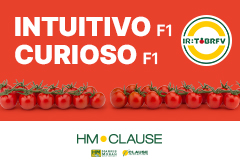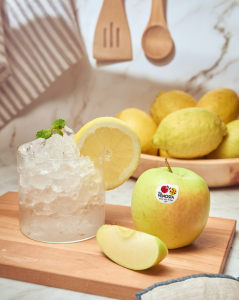Pitaya, papaya, passion fruit, guava, lychee, longan, kumquat or finger lime are some of the fruits that may conquer Spanish fields in the coming years.
Alongside an already consolidated offer of avocado, mango, cherimoya and loquat in Andalusia and the Valencian Community, the aforementioned fruits are arousing deep interest and are being studied by the operational group GOexotika.
Virginia Pinillos, professor of Plant Production and Pomology at the University of Almería, states that “the research carried out within the Andalusian regional operational group GOexotika (in which Coexphal, Las Palmerillas experimental station, Plataforma Tierra and Tecnova participate) could be extrapolated to the Valencian Community since both regions have similar climates. The ultimate goal of these studies is to improve the profitability and productivity of exotic and subtropical fruits.”
Passion fruit, lychee and longan
The most advanced research is mainly focused on passion fruit, lychee and longan.
Passion fruit belongs to the Passiflora genus, which includes more than 500 species, many of which are native to tropical and subtropical regions, and some of them bear edible fruit. They are climbing species and for their cultivation this type of structure is needed.
“These are very interesting crops because they have a rapid entry into production. Between 5 and 8 months after transplanting, the first harvests begin, and they could have several flowerings and harvests per year, depending on the production area,” says the scientist.
RELATED NEWS: Exotic fruits on the rise: a booming category with high entry requirements
In the Valencian Community their cultivation would be possible, although there are different species of passion fruit. The most important is the yellow one, followed by the purple one, also called gulupa, the granadilla, the sweet passion fruit and some hybrids.
The optimal temperature for their growth is between 15 and 25 degrees, and they require an 11-hour photoperiod in order to flower and produce. Yellow passion fruit is the most widely produced species in the world since its optimal temperature is between 23 and 25 degrees, although it suffers with higher temperatures.
For granadilla, the best temperature is slightly lower, but it needs a high degree of relative humidity for fruit setting. For purple passion fruit, the optimal temperature decreases and is between 15 and 22 degrees.























